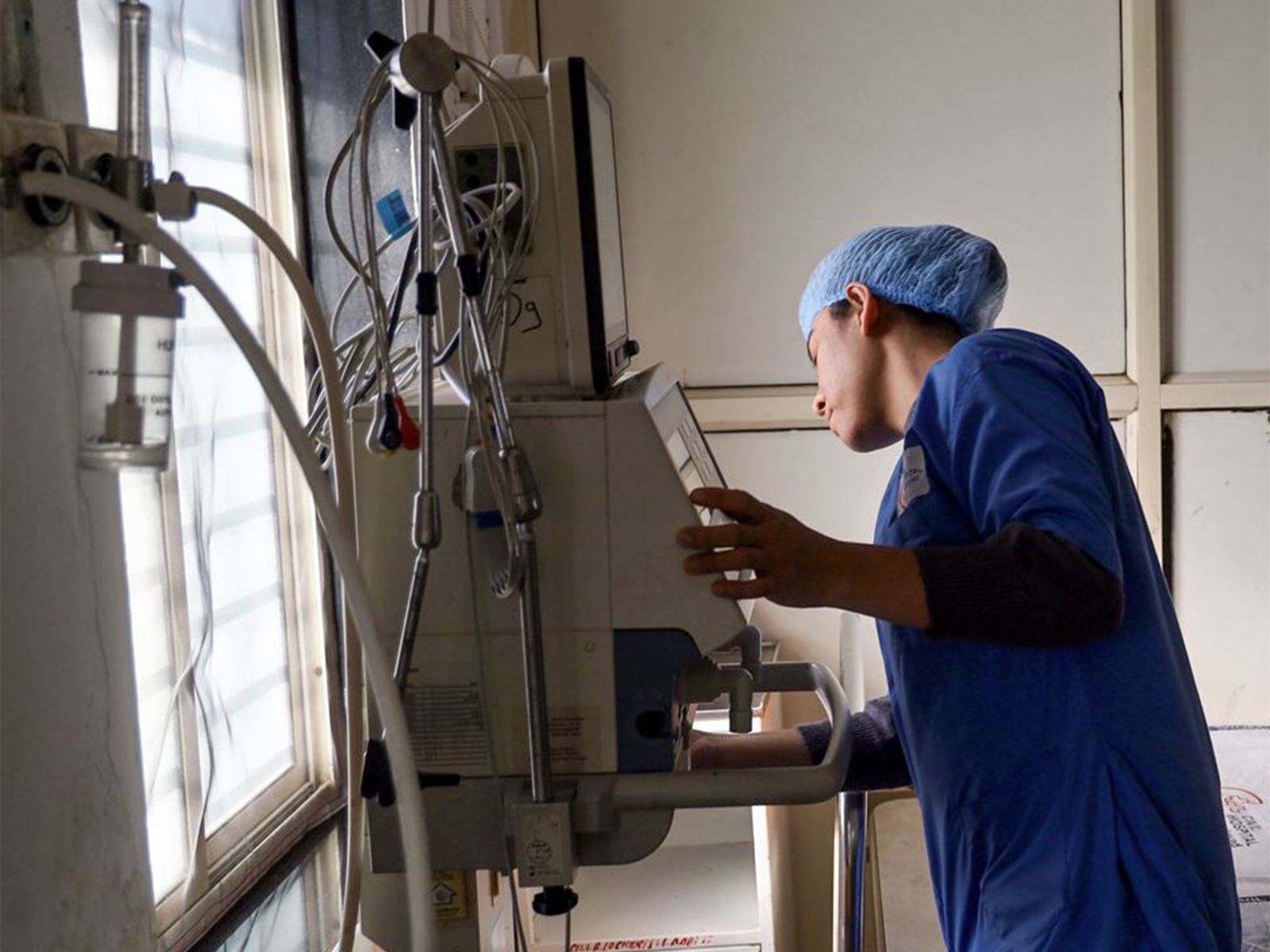
Breakthrough gene therapy could one day cure genetic hearing loss
Sep 15, 2025
Tel Aviv [Israel], September 15 (ANI/TPS): Israeli and US scientists have developed a promising new gene therapy that could one day restore hearing and balance for millions of people with genetic inner ear disorders.
The therapy, which prevents the degeneration of sensory cells in the ear, has shown greater efficiency than existing approaches, offering hope for a condition that currently has no cure.
"This treatment represents an improvement over existing strategies and holds promise for treating a wide range of mutations that cause hearing loss," said Professor Karen Avraham, Dean of the Gray Faculty of Medical and Health Sciences at Tel Aviv University and lead author of the study.
The research was co-led by PhD student Roni Hahn from the Department of Human Molecular Genetics and Biochemistry and conducted in collaboration with Prof. Jeffrey Holt and Dr. Gwenaëlle Geleoc from Boston Children's Hospital and Harvard Medical School.
Funding came from the US-Israel Binational Science Foundation, the National Institutes of Health, and the Israel Science Foundation Breakthrough Research Program. The findings were featured in the peer-reviewed journal EMBO Molecular Medicine.
Genetic mutations are responsible for roughly half of all congenital hearing loss, affecting millions of children and adults worldwide. Currently, genetic hearing problems are addressed almost entirely through management and compensation rather than cures.
Avraham explained that the inner ear contains two critical systems: the auditory system, which allows people to hear, and the vestibular system, which controls balance.
"Genetic variants can disrupt these systems, leading to hearing loss and balance problems," she said. "Hearing loss is the most common sensory impairment worldwide, and over half of congenital cases are caused by genetics. In this study, we aimed to test a gene therapy approach that had not been used for this purpose before."
The therapy targets the CLIC5 gene, which is essential for tiny sensory cells in the inner ear called hair cells. These cells detect sound and maintain balance. Faulty CLIC5 genes cause hair cells to gradually degenerate, first leading to hearing loss and later to balance difficulties.
Hahn said the researchers used a special viral vector--a harmless virus engineered to deliver a healthy copy of the gene directly into hair cells. "Gene therapy has become a powerful tool for treating genetic disorders," Hahn said. "Our self-complementary viral vector works faster and more efficiently than older methods, requiring lower doses. In animal tests, this therapy prevented hair cell loss and preserved normal hearing and balance."
Avraham highlighted the broader significance: "We applied an innovative treatment for genetic hearing loss and found it improves therapy while addressing combined impairments in hearing and balance. These findings could pave the way for gene therapies for a wide range of inherited hearing disorders."
By demonstrating that hair cells in the inner ear can be effectively targeted by gene therapy, the research potentially paves the way for therapies for other genetic hearing disorders.
The techniques could also inform gene therapies for other sensory or neurological disorders where precise delivery to small, delicate cells is required, such as Parkinson's disease, spinal muscular atrophy, and retinal disorders. (ANI/TPS)

























